Our extra-large special edition is here. Subscribe today and receive the 25% longer issue at no extra cost!
“What If?”: Exploring Gaming’s Alternative Histories
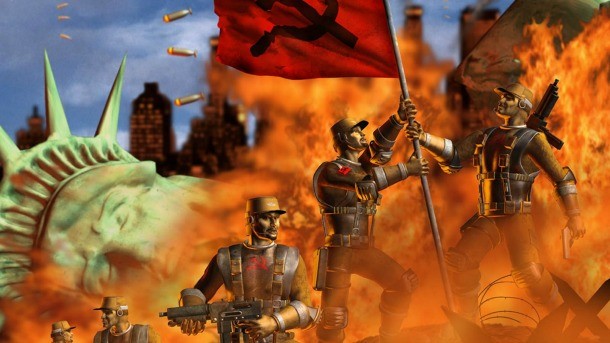
All great alternate histories revolve around the question, “What if?” What if the outcome of a pivotal battle had been different? What if Adolf Hitler never became radicalized? What if this decision was made instead of that one? Video games are perfect ways to explore these alternate histories, letting players immerse themselves in worlds that in many ways mirror our own, save for one specific point in history that causes them to take a dramatically different course. Here are some of gaming’s most notable – or most interesting – alternate histories.
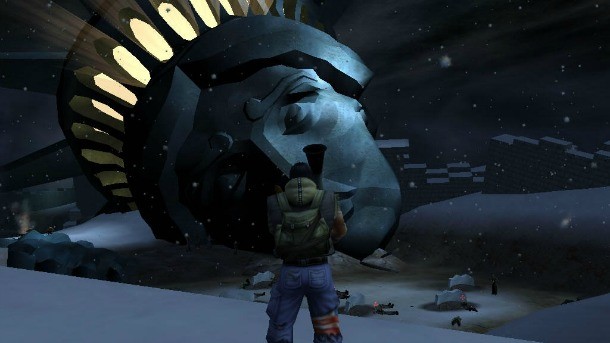
Freedom Fighters
Freedom Fighters is the Red Dawn of video games. Just watch the (original) film if you don’t believe me. The game puts players in the shoes of Christopher Stone, a plumber-turned-resistance hero who along with a rag-tag group of survivors must fight to take New York back from the Soviets.
But how did the Soviet Union come to control New York City? The Soviet Union managed to beat the United States in the race to the first atomic bomb, using it to destroy Berlin and ending World War II. Slowly but surely, Communist influence then came to dominate Europe before spreading to South America. Soon the United States was among the last democratic nations, prompting a massive Soviet invasion.
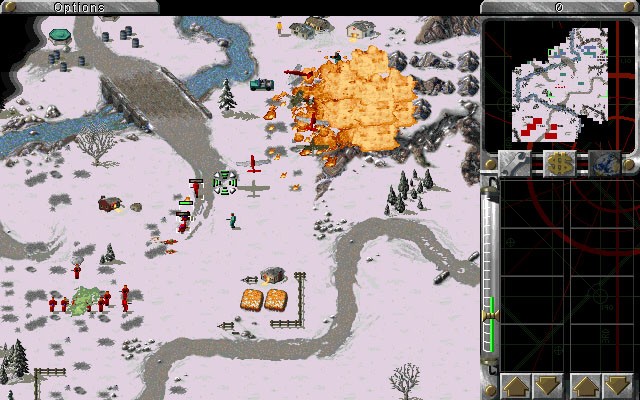
Command and Conquer: Red Alert Series
What would happen if Adolf Hitler and the Nazi party never came to power? That’s the question Red Alert asks when Albert Einstein travels back in time, meets Hitler, and somehow prevents the rise of Nazi Germany by shaking his hand. The only problem is that without the might of the Third Reich, nothing stopped Joseph Stalin and the Soviet Union from conquering all of Europe. Whoops.
Despite this unintended consequence, the Allies manage to pull together and defeat the Soviets. A new Soviet leader would be put into power by the United States, Alexander Romanov, a distant relative of the old Russian monarch Czar Nicholas II. Romanov only gave the allies the impression that he was under their control, however, launching a rapid invasion of the United States from land, sea, and air. Whoops.
Despite the odds, the Allies emerge victorious. Facing defeat after their failed invasion, Soviet scientists use a time machine to go back and assassinate Albert Einstein, thus preventing him from helping the United States, and drastically changing the history of world events. Now I know what you may be thinking. "If Einstein was killed before he went back in time, and Einstein is the one who prevented Hitler from rising to power, then wouldn’t Nazi Germany rise again?" Maybe. I don’t know. What happens instead is something that sounds awfully familiar. With the United States now crippled, the Empire of the Rising Sun in Japan is free to conquer as they see fit, and promptly declare war on the Soviet Union and the Allies. Whoops.
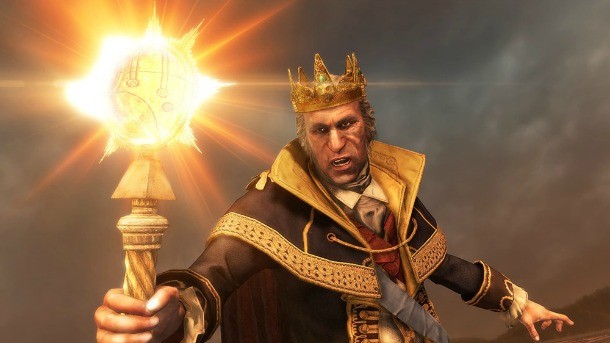
Assassin’s Creed III: Tyranny of King Washington
The Assassin’s Creed franchise isn’t so much an alternate history as it is a retelling of real history, but with Templars and Assassins manipulating events behind the scenes. This piece of DLC, however, plants itself firmly in the “What if?” category of historical thinking.
Universally loved after leading the nation in the American Revolution and the aftermath, George Washington did something incredibly rare for his time – he gave up his power. The Washington of this DLC? Not so much. Corrupted by the influence of an Apple of Eden, “Mad King George” establishes himself as ruler of the United States and wastes no time in attempting to wipe out the native population. In case that wasn’t evil enough, he then builds himself a massive pyramid that puts the palace of Versailles to shame. He also plans to revenge-invade England and enslave its populace. Naturally, some of America’s other founding fathers are less than thrilled with this idea, resulting in a second American revolution, led by Thomas Jefferson.
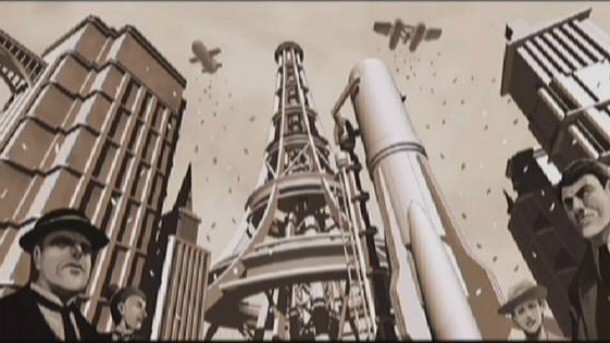
Gunvalkyrie
This Xbox shooter takes place in an alternate 1906, where the British Empire went on to rule all of Earth and even a few space colonies. How is this possible? By using Halley’s Comet, of course! An unknown substance found within the comet after it crashed to Earth granted certain individuals who came in contact with it superhuman abilities.
A British scientist named Hebble Gate would be among the first exposed to the substance. He would use his superpowered mind to discover a wide range of scientific breakthroughs well before their time, and by doing so help the continued spread of the British Empire. Gate would also create a militaristic division of similarly superpowered beings known as Gunvalkyries to prevent the misuse of technology. Because why not?
Continue on to page 2 for the strange series of events that led to the sky pirates of Crimson Skies and an alternative history game that shortly after its release seemed all to real.
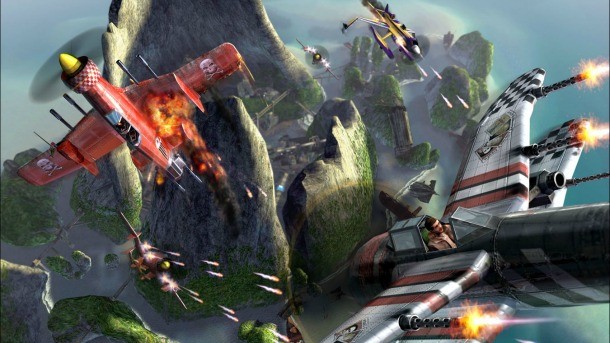
Crimson Skies
If you want to throw the world into chaos, mess with people’s alcohol. Or at least that is the whole reasoning behind why there are so many planes and zeppelins in Crimson Skies. The turning point in the franchise’s fictional history is in 1919. Rather than banning the selling and creation of alcohol as actually happened, in the Crimson Skies universe the ban, also known as the Eighteenth Amendment, never becomes law. Instead, each of America’s states is allowed to individually decide whether to be “wet” or “dry.”
The result is a fractured union, as each state is forced to choose a side – a union made even more divided by a deadly influenza outbreak that causes states to close their borders to outsiders. With a collapsing central government and roads in severe disrepair, citizens turned to aircraft as their primary mode of transportation, and thus the world of Crimson Skies is born. And all because of booze.
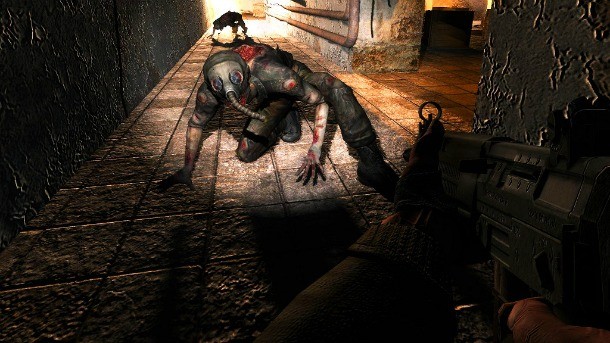
S.T.A.L.K.E.R. Shadow of Chernobyl
This atmospheric FPS takes one of history’s most well-known nuclear disasters and makes it even worse. In 1986, the Chernobyl nuclear power plant in then-Soviet-controlled Ukraine suffered a catastrophic nuclear meltdown, resulting in a massive evacuation and creating a barren wasteland of the surrounding area due to the radioactive fallout.
In the world of S.T.A.L.K.E.R., attempts were made to repopulate the area many years after the meltdown, only for a second nuclear disaster to kill or mutate the area’s new inhabitants and wildlife. Players get to explore this radiation-plagued zone years later as scavengers come to the zone in search of valuable scientific information related to strange anomalies that begin to appear following the second meltdown.
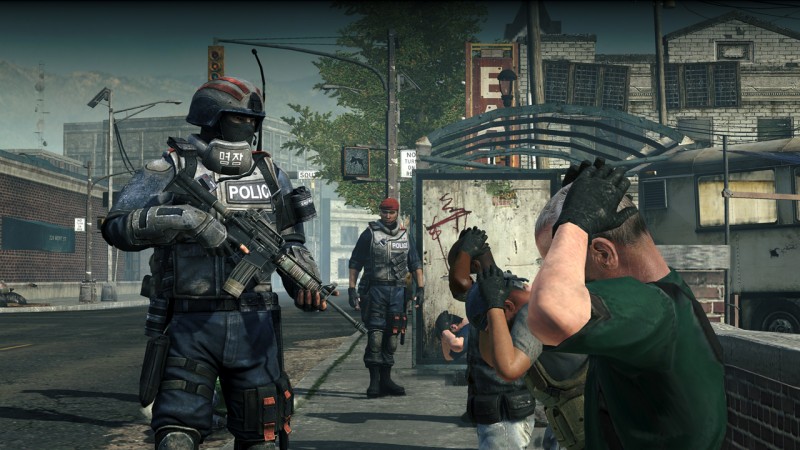
Homefront
At the time of Homefront’s release in March of 2011, the key turning point in the game’s alternate history, the death of North Korean dictator Kim Jong-il, had not yet come to pass in reality. Kim Jong-il would die in December of that same year and was succeeded by son Kim Jon-un, following the storyline of Homefront a little too close for comfort.
Thankfully it is there that the similarities between reality and fiction diverge. In Homefront’s history, Kim Jong-un would go on to unify Korean peninsula into the Grand Korean Republic in 2013, creating a new world superpower. War between the two oil-rich countries of Iran and Saudi Arabia would cause global gas prices to skyrocket, destabilizing the United States and allowing for an invasion of Japan by the GKR. A deadly strain of bird flu and one economic crisis later in the U.S., and it would become prime time for the GKR to invade those pesky Americans. With the help of an orbital super-weapon disguised as a satellite, an EMP blast destroys much of the electrical infrastructure of the United States. The subsequent invasion of the west coast by the GKR would divide the country in two, as GKR would come to rule west of the Mississippi, while what remains of the U.S. in the east fights to stay free.
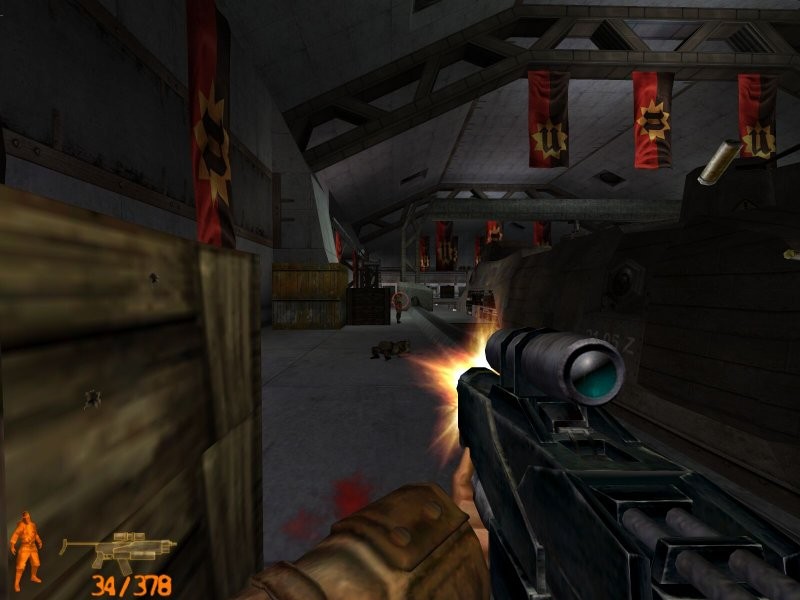
Iron Storm
World War One stands out in the history of warfare simply because it was the first “modern” war, with machine guns and tanks used alongside horses and swords. Few video games have dived into the time period, but one FPS took the setting even further by that asking, “What if WWI never ended?” It’s a heck of a question.
Iron Storm picks it up in 1964, the 50th year of the war. Following the 1917 Bolshevik revolution in Russia, an opportunistic Baron would conquer Mongolia before turning his eyes on Russia itself with the goal of creating a massive Russo-Mongolian Empire. After destroying the Bolsheviks, he would stabilize Russia before coming to the aid of a failing German state. With Russia and Germany back in the fight, the war would soon draw to a standstill. Europe would continue to be divided between East and West, with Western European countries eventually joining the United States and forming the United States of Western Europe. Even at the end of the game after the player prevents the use of Russo-Mongolian super-weapon, the war shows no signs of slowing down.
What did we miss? Let us know your favorite video game alternative histories in the comments below.

Get the Game Informer Print Edition!
Explore your favorite games in premium print format, delivered to your door.
- 10 issues per year
- Only $4.80 per issue
- Full digital magazine archive access
- Since 1991









